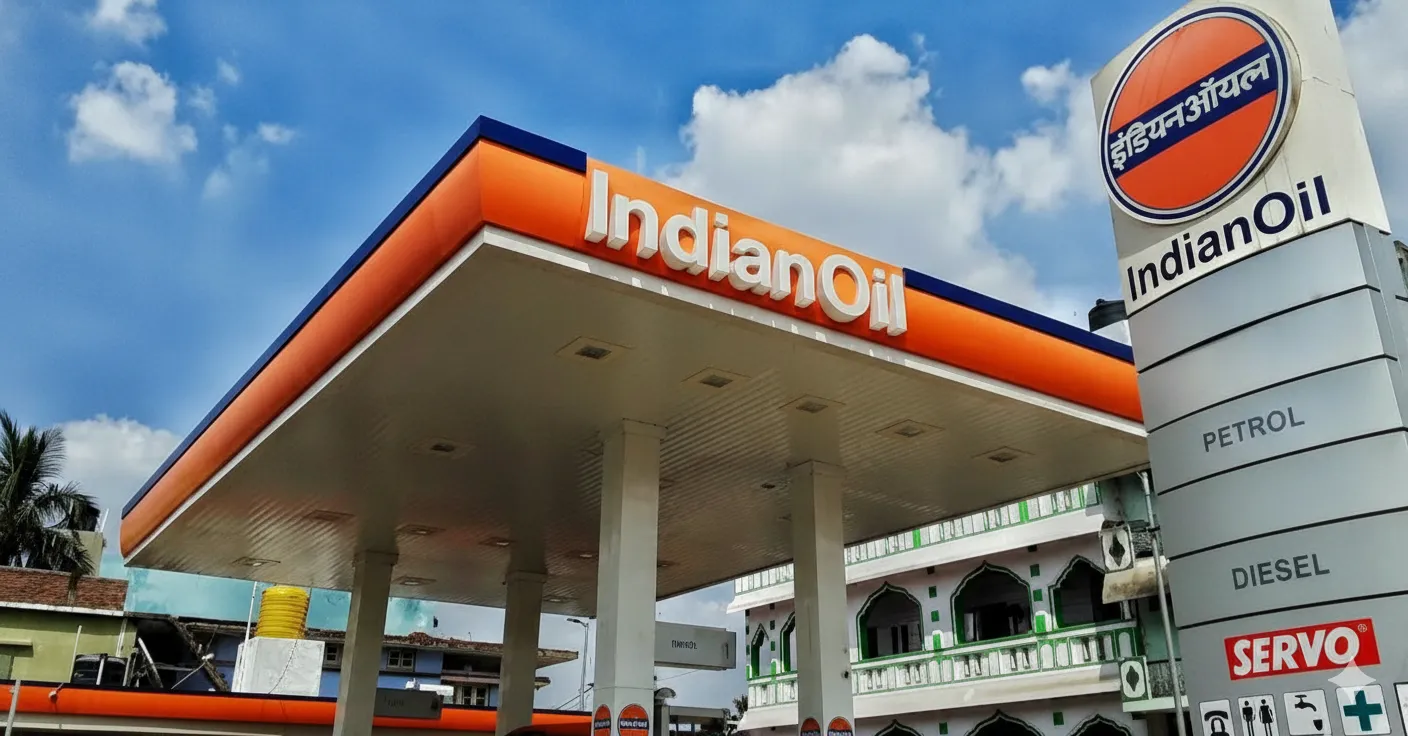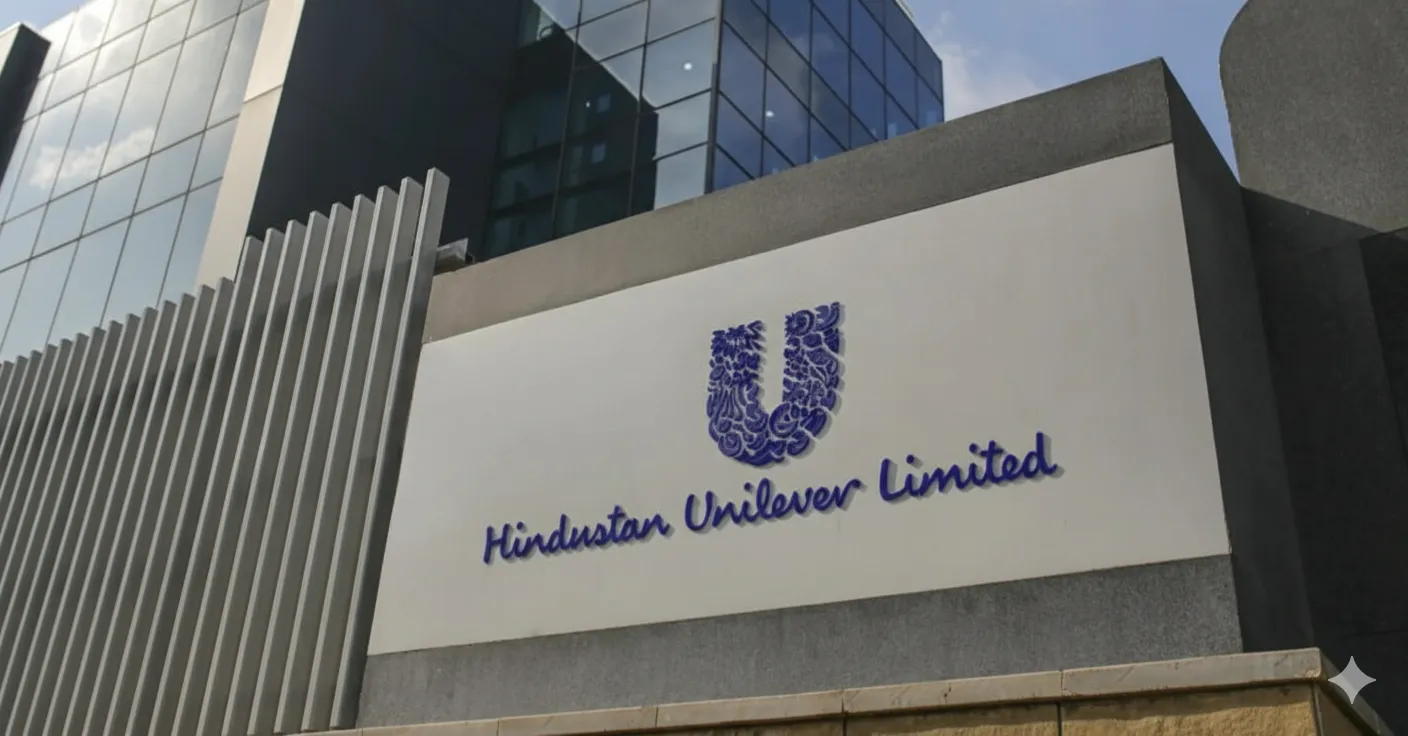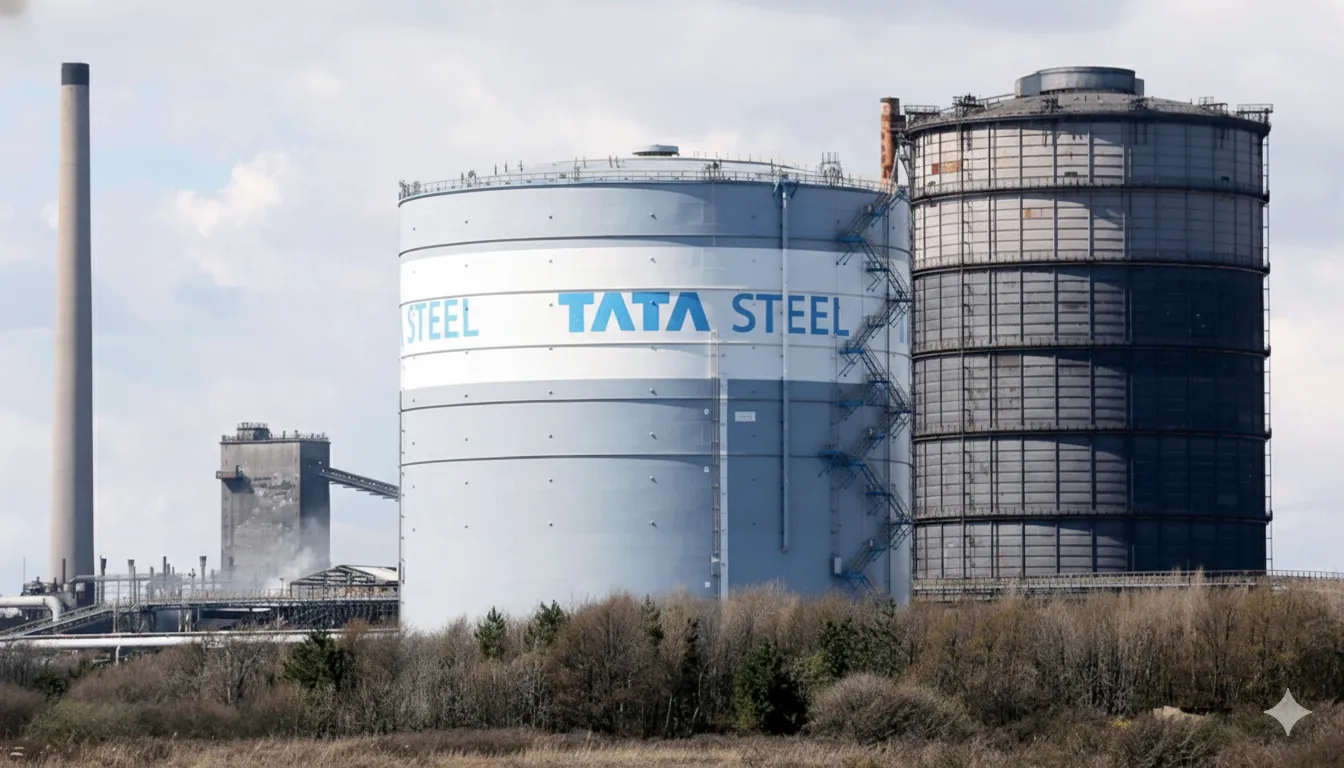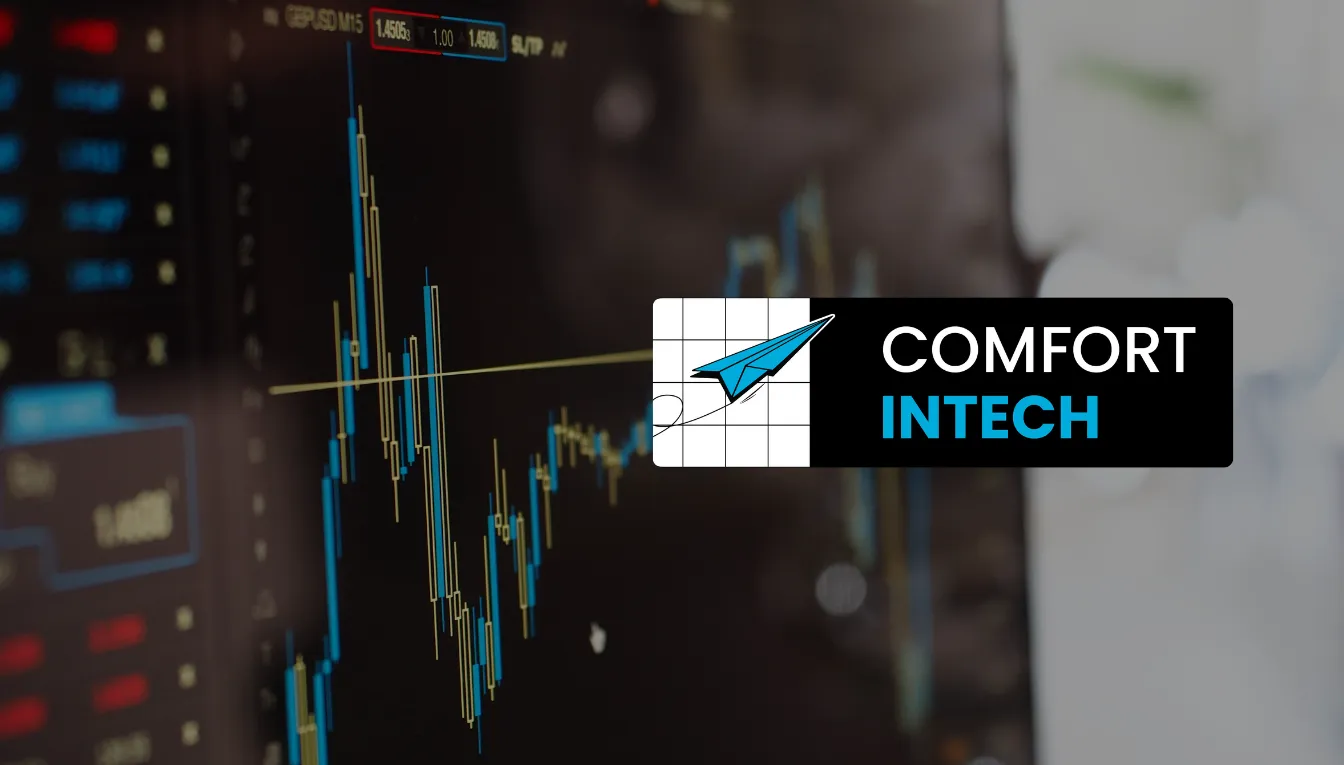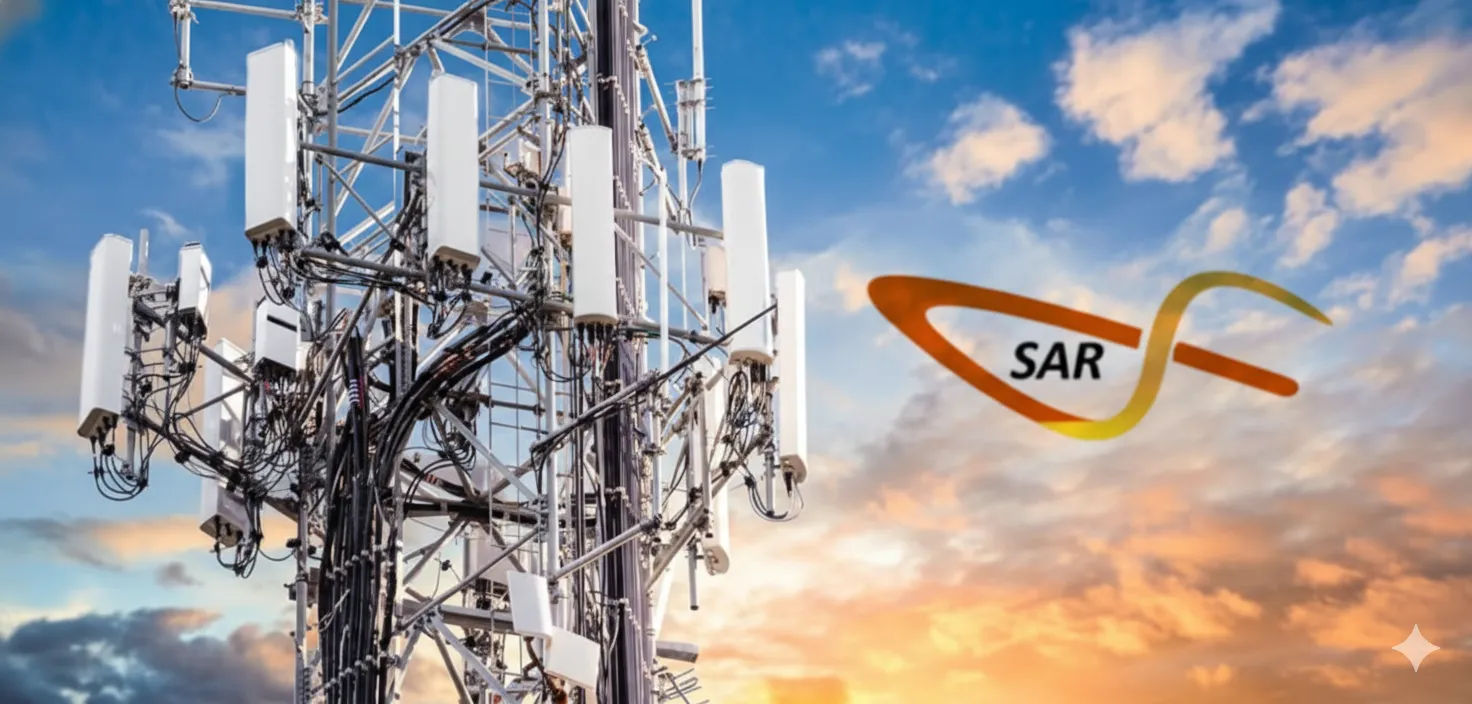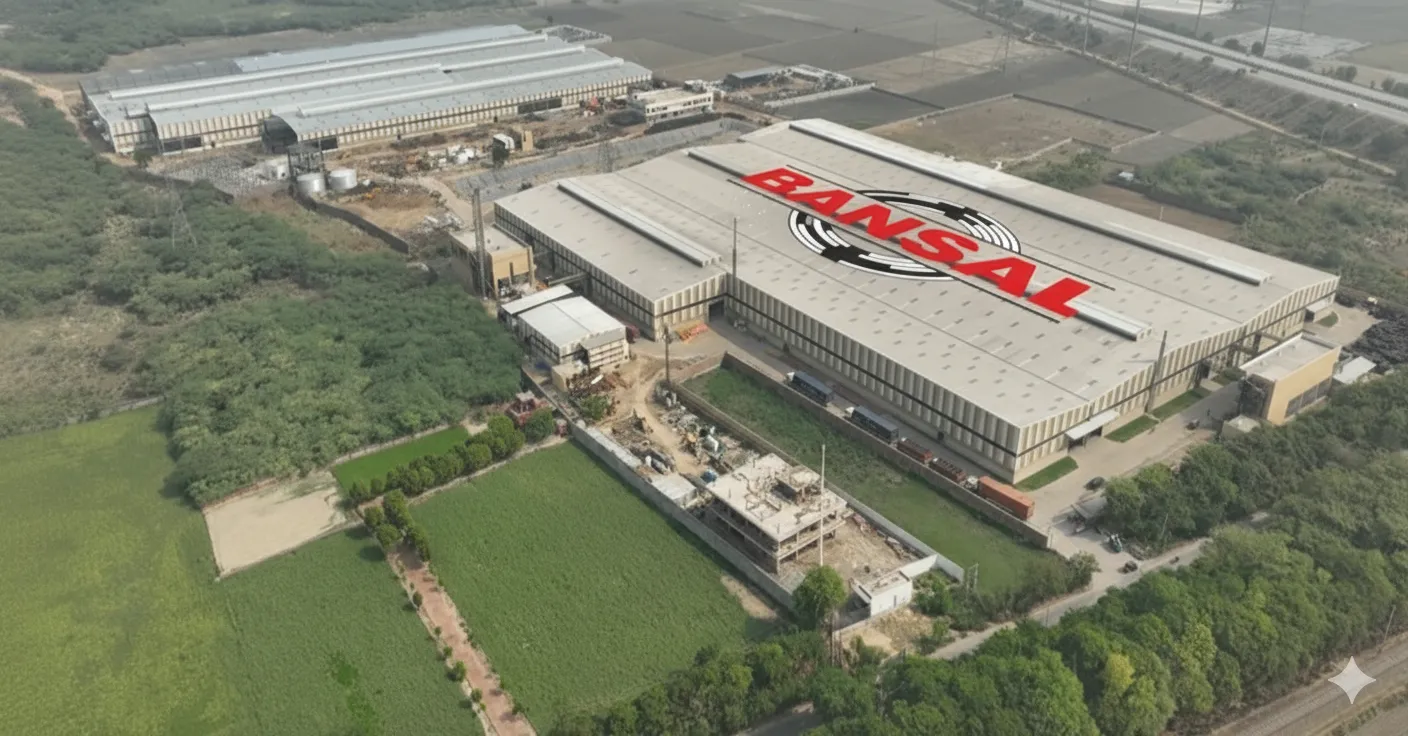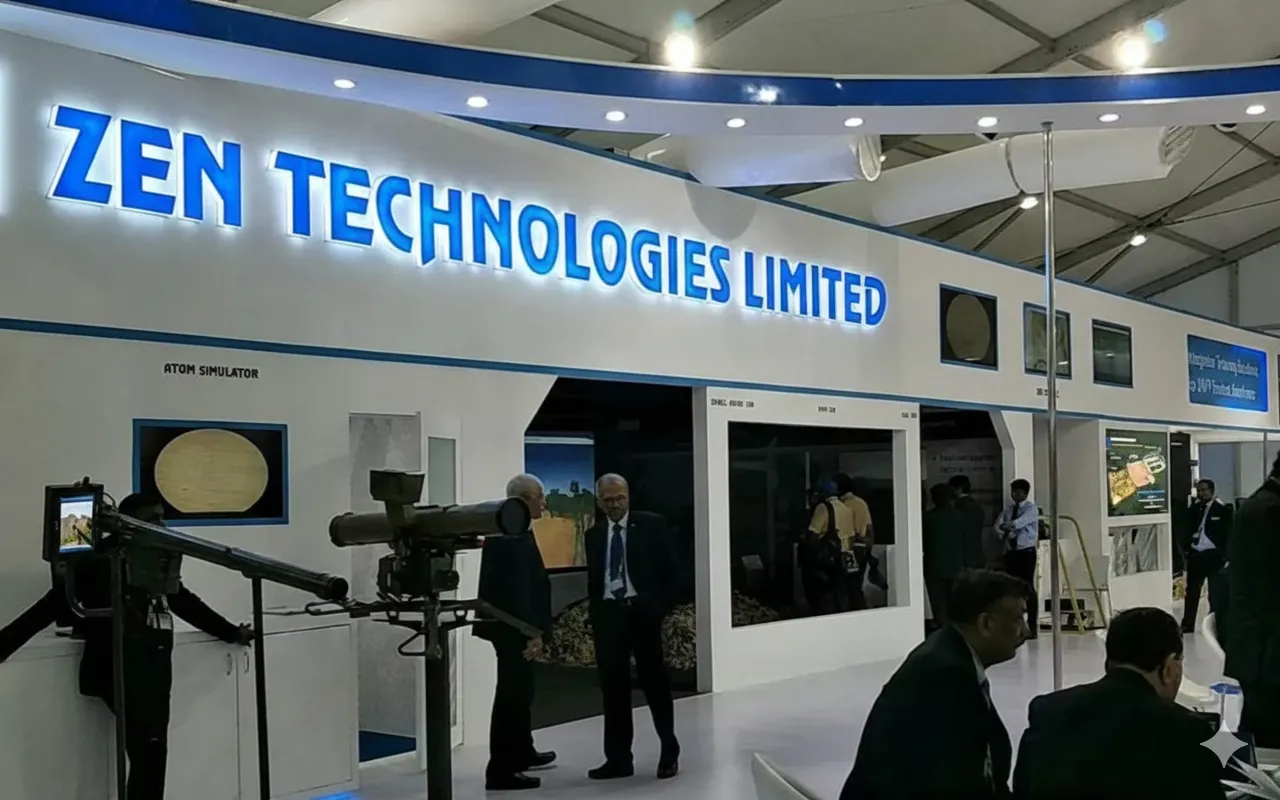Indian Oil Corporation Limited (IOC) is India’s largest oil refining and marketing company. Traders and long-term investors watch IOC closely because: it holds strategic importance in India’s energy supply chain; its performance is tied to global oil prices, refining margins, and domestic fuel demand; and it has begun pivoting toward petrochemicals, natural gas and renewable energy. As of October 26, 2025, IOC’s share price stands around ₹150.55 on the NSE.
The stock is currently valued at a relatively modest P/E multiple of ~8–10x and trades close to book value, indicating potential upside if margins improve and the company executes its diversification plans. On the flip side, refining margin volatility, subsidy burdens and the pace of energy transition pose tail-risks.
In this detailed analysis, we’ll discuss IOC’s future growth outlook and share price target forecasts for 2025 to 2050 to help investors make informed decisions.
About the Company
IOC was incorporated in 1959 and today remains India’s largest downstream oil company by refining capacity and fuel distribution. It owns and operates multiple refineries, pipelines and fuel retail networks across India, and it is also expanding in upstream (exploration), petrochemicals and renewables (bio-fuels, green hydrogen).
The relevance of IOC stems from India’s continuing high dependence on oil and gas, even as the country scales up renewable energy and reduces carbon intensity. IOC stands at the intersection of traditional energy and the new energy transition, which makes it a hybrid bet — offering stability from legacy operations and potential growth from diversification.
Fundamental Analysis
Revenue & Profit Trends
IOC’s revenues are closely tied to crude oil prices, refining margins (Refining + Marketing + Petrochemicals) and domestic fuel offtake. Recent history shows mixed results: for example, quarterly margins shrank due to inventory losses and falling gross refining margins (GRM) to ~$2.15 per barrel versus ~$6+ the prior year.
Nevertheless, IOC’s stated investment plan — ₹1.66 lakh crore over five years in refining, marketing and renewables — suggests the company is banking on future growth beyond traditional refining.
Valuation Metrics (P/E, ROE, EPS)
The following table summarises key valuation metrics for IOC, giving context to its current valuation and growth prospects:
| Metric | Value | Commentary |
|---|---|---|
| P/E (trailing/forward) | ~8-10× | Relatively low for large cap — leaves room for multiple expansion |
| P/BV | ~1.1-1.2× (Book ~₹132) | Trading near book value, which hints at subdued growth expectations |
| ROE | ~6-8% | Modest return on equity, reflecting cap intensive business and margins |
| Dividend Yield | ~2-3% | Stable but not high relative to risk |
These metrics show that IOC is priced conservatively today. If margins recover and earnings grow, the multiple could expand. However, the business remains capital-intensive and vulnerable to margin compression.
Balance Sheet Strength
IOC has large asset bases (refineries, pipelines, storage) leading to high fixed costs. The company also carries substantial debt. From publicly available data: book value per share ~₹132, debt to equity manageable for now.
While IOC enjoys government backing (as a PSU), its balance sheet offers moderate financial flexibility — meaning growth hinges on execution and margin improvement rather than leveraged expansion.
Shareholding Pattern
According to its recent filings, IOC’s promoter (Government of India) holds ~51.5% share. Retail and institutional shareholders hold the remainder.
This high government ownership offers strategic stability but also regulatory risk — government policies can materially affect IOC’s profitability (via subsidies or fuel pricing).
Past Stock Performance
Over the last 12 months, IOC’s share price has traded between ~₹110.72 and ~₹157.20. The stock is up modestly (~9-10%) over six months but down ~1.7% over the past year.
This muted return reflects margin weakness, inventory losses and investor caution. However, given its low valuation, if earnings recover, the stock has multi-year upside potential.
Indian Oil Corporation Limited (IOC) Share Price Target 2025-2050
| Year | Minimum Target (₹) | Average Target (₹) | Maximum Target (₹) |
|---|---|---|---|
| 2025 | 120 | 160 | 220 |
| 2026 | 150 | 200 | 270 |
| 2027 | 220 | 300 | 400 |
| 2028 | 350 | 450 | 600 |
| 2029 | 500 | 650 | 900 |
| 2030 | 800 | 1,000 | 1,300 |
| 2035 | 1,500 | 2,000 | 2,800 |
| 2040 | 2,500 | 3,500 | 5,000 |
| 2045 | 4,000 | 5,500 | 7,500 |
| 2050 | 6,000 | 8,000 | 10,000 |
Indian Oil Corporation Limited (IOC) Share Price Target & Prediction 2025, 2026, 2027, 2028, 2029, 2030, 2035, 2040, 2045, and 2050
IOC Share Price Target 2025
With the current share price trading near ₹154, IOC may move within a wide range of ₹120–₹220 in 2025. A moderate target of around ₹160 reflects approximately 30% upside potential, driven by stable refining margins, healthy fuel demand, and controlled crude volatility. However, government price intervention and fluctuating GRMs (Gross Refining Margins) remain key risks.
IOC Share Price Target 2026
If refining margins strengthen and IOC begins benefiting from ongoing upstream and petrochemical expansion, the stock could target ₹200 (range ₹150–₹270). Stronger earnings visibility and better marketing margins could support a slight valuation re-rating.
IOC Share Price Target 2027
IOC’s next phase of growth may come from petrochemical capacity enhancements and efficient crude sourcing strategies. If global oil markets remain supportive, the stock could average around ₹300, indicating nearly 2× potential return from current levels. This outcome relies heavily on execution efficiency and improved product diversification.
IOC Share Price Target 2028
With improved operating leverage and margin expansion, the share price could reach an average of ₹450 (range ₹350–₹600). IOC’s growth is expected to be driven by 10–12% annual earnings CAGR, along with high profitability from petrochemical projects and sustained fuel demand in India.
IOC Share Price Target 2029
Assuming IOC successfully scales its transformation journey—expanding in renewables, petrochemicals, and logistics—the average share price target could move towards ₹650 (upper range ~₹900). Higher utilization levels and enhanced return ratios will be critical for this valuation.
IOC Share Price Target 2030
By 2030, IOC may start commanding a premium valuation if it establishes a balanced energy portfolio across fuels, gas, and green energy. With double-digit earnings CAGR and a P/E re-rating to 12–15x, share prices could average ₹1,000 (range ₹800–₹1,300).
IOC Share Price Target 2035
A mid-term outlook suggests IOC could transition into a fully diversified energy conglomerate, reducing dependency on traditional fuel marketing. The target by 2035 may reach an average of ₹2,000 (range ₹1,500–₹2,800), supported by hydrogen fuel, EV charging infrastructure, and advanced petrochemical operations.
IOC Share Price Target 2040
Assuming successful global expansion, large-scale renewable generation, and modernization of refinery technology, IOC could target ₹3,500 on average (range ₹2,500–₹5,000). Market dominance and consistent profitability will shape this growth path.
IOC Share Price Target 2045
By 2045, IOC might be seen as a fully integrated and green-driven energy company, reducing oil cycle dependency. The stock could target ₹5,500 (range ₹4,000–₹7,500), backed by strong investments in solar, biofuels, hydrogen, and next-gen energy solutions.
IOC Share Price Target 2050
In an optimistic long-term scenario where IOC maintains 10%+ earnings growth for two decades and further valuation expansion, the share price may reach an average of ₹8,000 (range ₹6,000–₹10,000). The feasibility of this target relies on how efficiently IOC executes its green energy transformation and manages global competition.
Growth Drivers
- Recovery in refining margins and higher utilisation of capacity.
- Expansion in petrochemicals and natural gas businesses offering higher margins than fuel retail.
- Large capex plan (₹1.66 lakh crore over 5 years) boosting future earnings.
- Domestic fuel demand growth (India’s oil demand forecast to grow 5–6% till 2030).
- Leveraging global partnerships (e.g., proposed tie-up with Vitol) for better crude sourcing and exports.
Expert Views
Analysts currently view IOC cautiously, noting its low valuation but also the margin risk from fluctuating oil prices. Some broker multiples based on near-term results suggest only ~5-10% upside to ~₹158-₹165 in the next 12 months.
However, many see upside beyond 2027 if the business pivots successfully into higher margin segments. Valuation upside depends as much on perception change (from “refiner” to “integrated energy co.”) as on raw earnings growth.
Risks & Challenges
- Refining margins remain volatile and can quickly reverse. (GRM dropped to ~$2.15/bbl in one quarter)
- High subsidy burden or government policy changes can impact profitability.
- Large capex projects carry execution risk and cost overruns.
- Energy transition: decline in fossil fuel demand could hurt core business if new segments don’t scale.
- Global crude price shocks or currency depreciation (affecting import costs).
Investment Suitability
IOC is suitable for investors comfortable with cyclical businesses and looking for long-term structural change in the Indian energy sector. It may not suit ultra-short-term traders seeking quick gains, because near-term upside is modest unless margins improve significantly. For a 10-15 year horizon or more, if you believe in the green pivot and execution ability, IOC offers a potentially high upside under the “aggressive” scenario.
FAQs
Q1. What will IOC’s share price be in 2030?
Under our aggressive scenario, average target ~₹1,000 with a range of ₹800–₹1,300.
Q2. Can IOC reach ₹600 by 2028?
Yes, assuming strong earnings growth and margin expansion, the stock could hit ~₹600 by 2028 in a favourable scenario.
Q3. Is IOC good for long-term investment?
Potentially yes, if you believe in its diversification and are willing to tolerate cyclical swings. It offers meaningful upside over 10-15 years.
Q4. What P/E multiple is assumed in the long term?
We assume multiple expansion from current ~8-10x to ~12-15x by 2030+ as business quality improves.
Q5. Should I buy IOC now?
If you have a long-term horizon (10+ years) and are comfortable with cyclicality and execution risk, yes. If you are short-term oriented, given modest near-term upside, you may wait for a clearer margin recovery.
Conclusion
Indian Oil Corporation is a fundamentally sound energy major with a strong market position and government support. Its current valuation is conservative, offering potential upside if it executes its diversification strategy and improves margins. Under the aggressive growth scenario, the share price could rise significantly over the next decade and beyond — potentially reaching ₹1,000+ by 2030 and several times that by 2040-50.
However, the journey is not guaranteed — refining and marketing remains a low-margin, volatile business. The real payoff depends on IOC becoming more than a traditional refiner: a diversified energy company with petrochemicals, natural gas and renewables driving future profits. If you believe that transition will succeed, IOC could offer substantial long-term gains. If not, expect moderate growth and limited upside.
